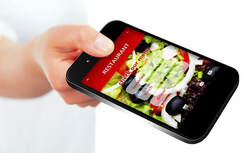 Are you making the most of your digital orders? Recently, the National Restaurant Association assessed data from Circana/CREST, which found that digital orders comprised 15 percent of all foodservice orders last year. That’s more than triple the rate of digital orders before the pandemic. Digital orders often result in higher bill amounts and improved guest data, so making your app’s user experience smooth and easy is worthwhile. Now is a good time to make sure your app is ready for your customers – or is at least not holding you back from connecting with them. A Nation’s Restaurant News Report suggests using A/B testing – comparing two versions of a prospective change – to ensure you maximize the performance of a new feature or menu item. You (or, if applicable, the company developing your app) can try this with a range of updates to your app, including the sign-in options you offer, the images you use to promote your menu, copy styles or color options, search functionality and payment flow. You may not know what could be improved about your digital ordering experience until you have users respond to different versions of it, then make incremental changes in response to their input. 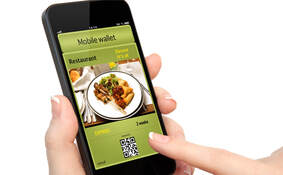 Is your mobile app worth the real estate it occupies on guests’ phones? Evolving loyalty programs are making it more enticing for consumers to get the apps of their favorite restaurants. But this also means that restaurants have more – and better – competition when it comes to offering a smooth, personalized in-app experience to users. What does an easy in-app experience look like? It’s largely about offering guests simplicity, speed and easy access to the personalized information they want. At the recent National Restaurant Association Show, leaders from Paytronix and Red’s Savoy Pizza took to the stage and offered one example. The Red’s Savoy app includes an “order again” button to make it faster and easier to input future orders, a loyalty points tracker right on the home page, and a message section that allows for personalized communication with guests. 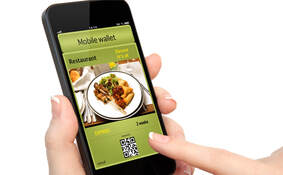 Your restaurant’s mobile app can provide a treasure trove of useful data to help you grow your business. Increasingly, it’s how guests prefer to order (and a recent study found that 35 percent of guests said these apps encouraged them to spend more). But as Chick-fil-a has learned, a cyber breach of a restaurant’s mobile app can put these benefits at risk. Cybersecurity is an ever-evolving need for businesses, so ensure you have layered protections in place to avoid making your restaurant’s app an easy target for criminals. Ongoing testing, updating and patching are required to minimize the risk of threat actors seizing guest data. As a recent Modern Restaurant Management report suggests, frequent penetration testing can help identify security issues, as well as automated tests for security and compliance with industry standards for cyber protection.  You’re likely leaning on your mobile app or website for more orders these days – and ensuring your service is seamless through these channels is key to bringing customers back. But this requires staying on top of the lower-tech side of managing this service. Specifically, your staff needs to be conversant in both how you interact with guests in person and through digital tools. That includes knowing how your online and in-dining room menus differ, having some baseline knowledge about how your ordering and payment systems work for those using them, and having some ability to troubleshoot the common problems that arise with these tools.  Third-party delivery platforms can be kind of a mystery for restaurant operators. They can be critical in helping restaurants accommodate guest preferences for delivered food, but much is unknown about them. For instance, how will your restaurant appear on their site? What factors determine better placement and exposure for some businesses over others? As a recent report from Restaurant Business indicates, several factors play a role. The tiered pricing structures of some of these services can determine a restaurant’s exposure on a platform, though selecting the lowest tier of pricing can offer more exposure on some platforms than on others, so it pays to shop around. Beyond that, your restaurant’s speed of preparation, historical order size, order accuracy, regular promotion offers and customer reviews all help inform the algorithm too. Boosting your performance in each of these areas can appease the algorithm — it’s hard to know if one factor is valued more or less than the next. 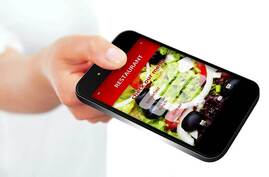 Feeling competitive? A lot of your industry peers are. Recent research from the National Restaurant Association found that nearly half of operators expect competition to be more intense this year than it was last year. Only 7 percent expect it to ease – and that’s in an environment where the majority of operators say there either the same number of restaurants or fewer restaurants than there were in 2019. Your technology stack can help you make sure you’re seizing every opportunity to serve guests well and keep them coming back. You can accomplish this in several ways: Smooth out and speed up your ordering process. Your mobile app can go far in representing the experience of your restaurant. Make it easy for people to view the menu, place orders and make reservations with a minimum of clicks and scrolls. Regular customers should have easy access to previous orders and be prompted with special offers and add-ons that complement their favorite menu items. In-house, consider incorporating tableside ordering and payment to improve order accuracy, expedite service, and ensure your staff can make best use of their time. Depending on your restaurant category, consider using digital menus and signage to update your menu in real time and draw guests to your most profitable items. Finally, your customer data – as well as information you collect about the competitive landscape – can help you better understand how people feel about your menu, keep tabs on your service, and allow you to stay nimble so you’re able to make proactive changes to benefit your business.  In addition to helping you staff your business and prepare orders more efficiently, restaurant technology can help you ensure you’re not leaving any potential sales on the table. Digital menus, mobile apps, loyalty programs, and systems for tabletop ordering and payment all provide opportunities for you to suggest menu add-ons to complement a dish, or prompt an order of appetizers, drinks or desserts that might not have happened otherwise. (And when combined with your loyalty program, to do so with personalized recommendations that the guest is more likely to crave.) Are you seizing the right tech opportunities to maximize your sales?  At a time when restaurants are trying to differentiate themselves through their loyalty programs and how guests are able to earn rewards through them, it only makes sense that this trend would extend to restaurant apps themselves. A number of major brands are using their apps as vehicles to demonstrate value right now, aiming to entice guests to download the app to access special deals or exclusive service. That includes the ability to order ahead, skip the line while either picking food up or dining in, and access digital-only offers. Many more brands are hinting at their own app developments to come, so watch for how these enhancements begin to change guest expectations for apps and in-app offers.  As consumers have used digital channels more frequently to order restaurant food in recent years, many independent restaurants have been lagging with the mobile tech needed to facilitate those transactions. According to the June edition of the Digital Divide study, which included data from a PYMNTS survey of approximately 2,400 adults who regularly purchase food from restaurants, 56 percent of chain restaurants offer mobile order-ahead capabilities, compared with only 31 percent of independents. Low-cost tools to help eliminate the snags from the ordering process will become increasingly important. Fortunately, some companies are focusing on supporting independent restaurants’ tech transition to help level the playing field. ItsaCheckmate, for one, recently announced it would be launching an integration for small and medium-sized businesses that would enable direct ordering through Google’s search and maps functions.  Your guests have clear, distinct preferences about what they order from you – so why should it be any different when it comes to how they order from you? You may serve guests who are technology phobic right alongside others who are early adopters of the latest gadgets. Neither kind of guest should feel alienated during the process of ordering from you. Whether you are accepting an order from your drive-thru, a tabletop tablet, a guest’s mobile phone, someone sitting in your dining room, or from some other source, you can earn your guests’ loyalty by providing some flexibility in how they order. When your guests place an order with you, do they feel this flexibility – or do they feel pushed in a certain direction? Can you accommodate a range of preferences without compromising order accuracy, speed and data quality? |
Subscribe to our newsletterArchives
July 2024
Categories
All
|


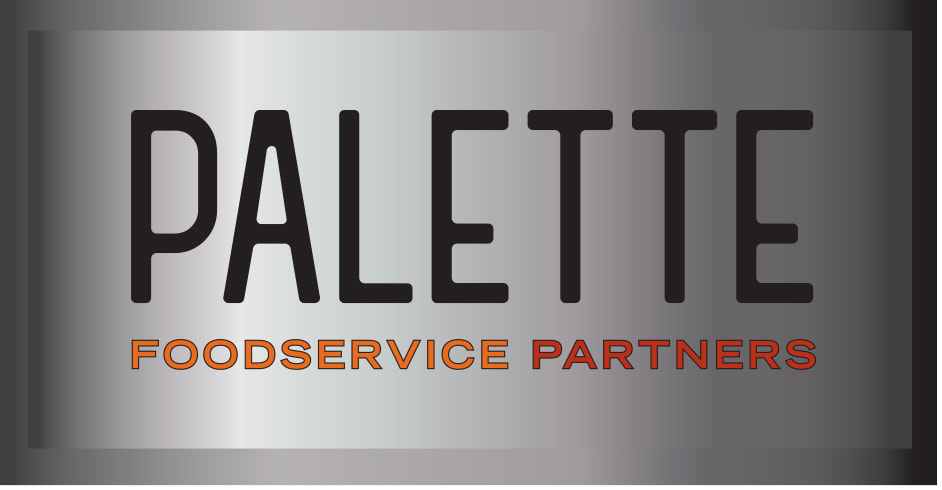
 RSS Feed
RSS Feed